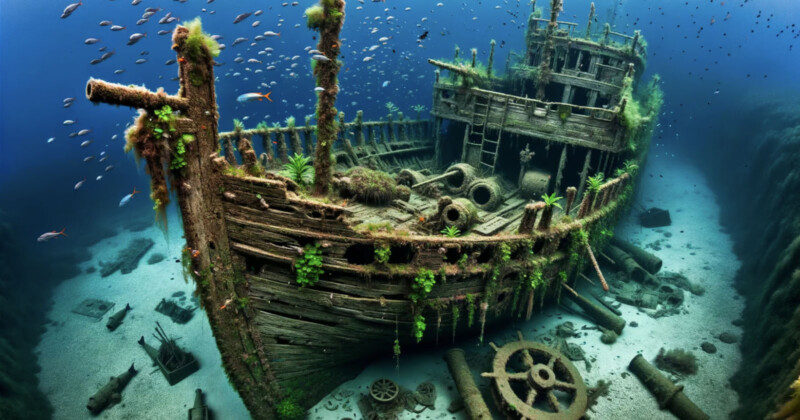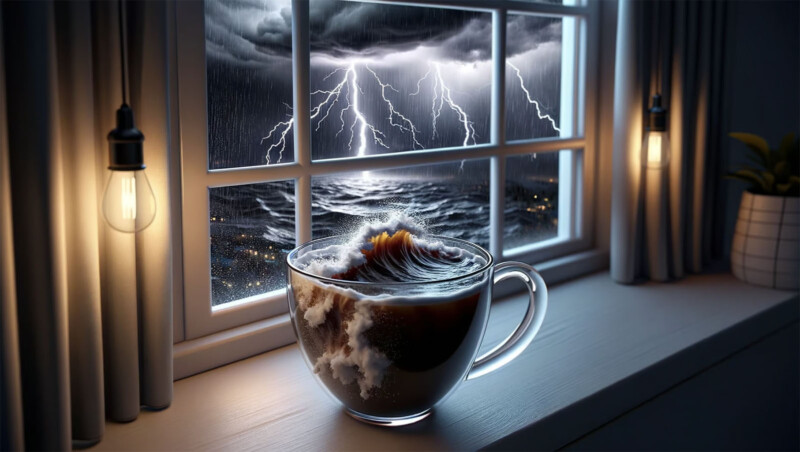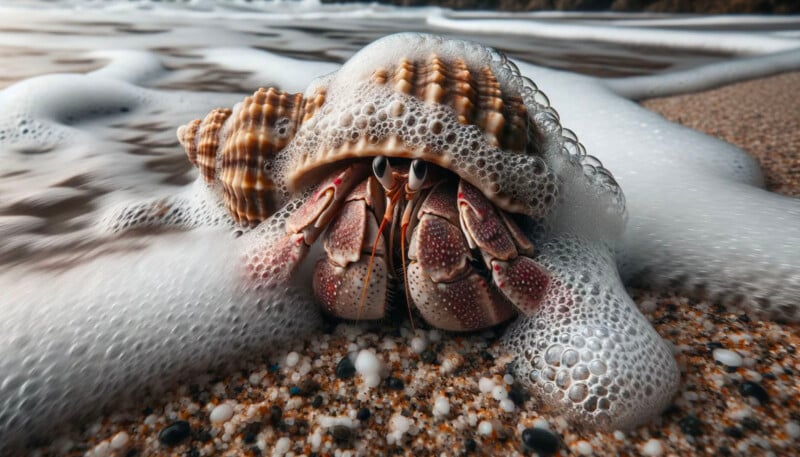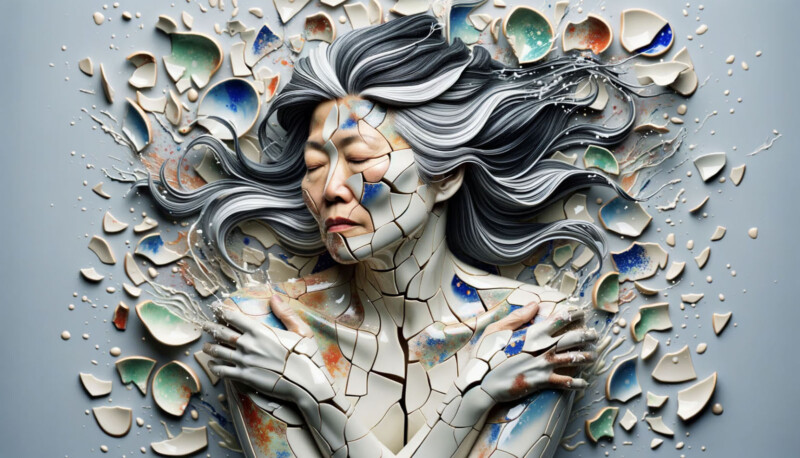DALL-E 3 Announced, Photographers Can Opt Out of its Image Training Data

OpenAI, the company behind artificial intelligence (AI) chatbot ChatGPT, has announced a new version of its AI image generator DALL-E.
DALL-E 3 is the latest iteration of the text-to-image model that allows users to write prompts that become images. In July, PetaPixel reported that it was in the works.
OpenAI says that DALL-3 will be better at following instructions given to it by the user and will have improved text rendering — AI image generators struggle to produce legible text. The model is currently in research previews and will be available to ChatGPT Plus and Enterprise customers in October.

“It is far better at understanding and representing what the user is asking for,” adds Aditya Ramesh, an OpenAI researcher.
Photographers Can Opt Out
AI image generators such as DALL-E have caused great controversy since being launched because of the way the models are made. To create convincing artificial imagery, AI image generators must be trained on hundreds of millions of real world images. Many of the owners of these images did not expressly consent to such usage.

OpenAI, in a possible bid to avoid future lawsuits, appears to have taken this into consideration by allowing creators to opt out of having their images used to train future models.
The removal form is available on its website. “We understand that some content owners may not want their publicly available works used to help teach our models,” reads the form.
Aside from allowing creators to opt out of its training data, OpenAI says that DALL-E 3 will not generate images in the style of a living artist.
DALL-E 3
Users will be able to operate DALL-E 3 via OpenAI’s popular ChatGPT app, which is where the AI image maker will be debuted.


Currently, OpenAI hasn’t released technical details of DALL-E 3 but has said that much like DALL-E 2, it will limit violent, sexual, and hateful content as well as declining requests to create images of public figures. Images of Donald Trump being arrested caused great controversy after they were generated with rival app Midjourney.
It is also worth noting that any image produced by DALL-3 falls under the public domain since the U.S. Copyright Office have made it clear that AI-generated images do not qualify for copyright protection.